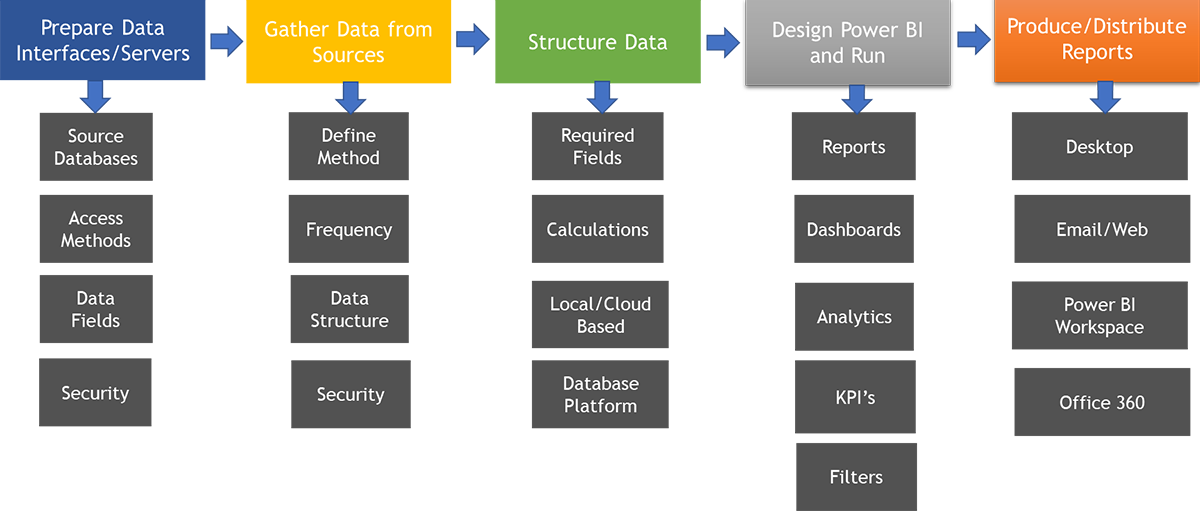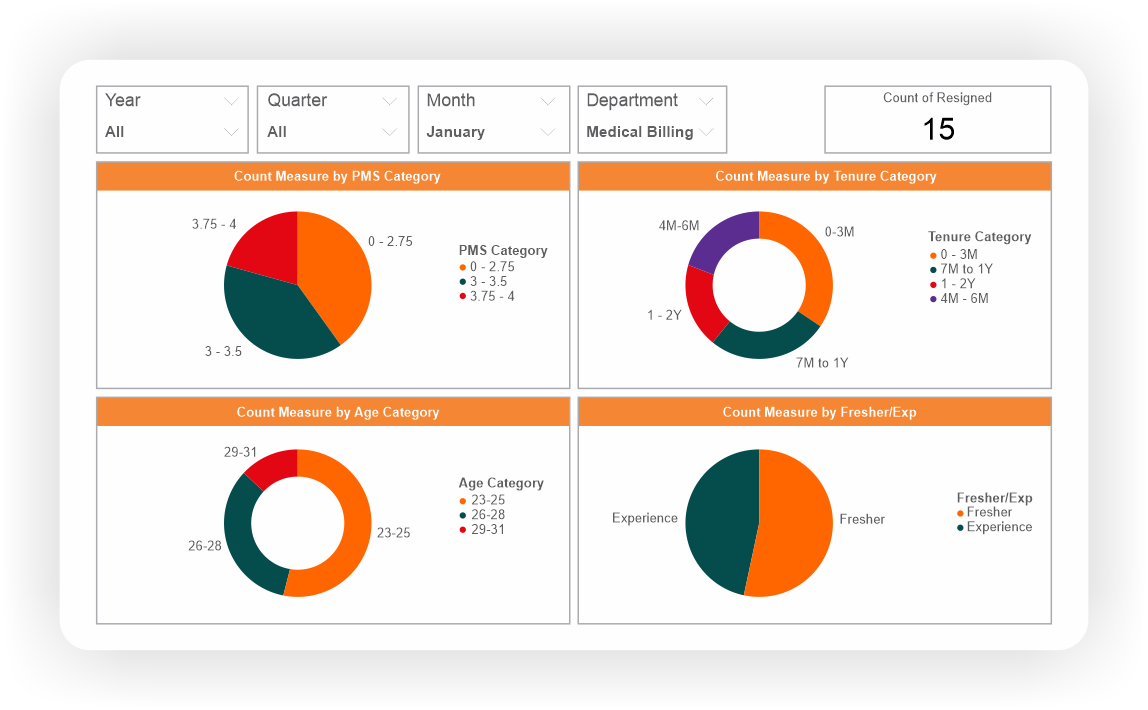Business Intelligence (BI) discussions are rampant in board rooms, executive meetings, and at the water cooler. The thirst for data, analysis and business information is at unprecedented heights. With all the data being collected, how do companies sort out what we measure, what is important, and what are the trends? More importantly, once you have the business intelligence, what decisions and actions does your organization take?
Business intelligence, by definition, comprises the strategies and technologies used by enterprises for the data analysis of business information. BI technologies provide historical, current, and predictive views of business operations. Common functions of business intelligence technologies include reporting, online analytical processing, analytics, dashboard development, data mining, process mining, complex event processing, business performance management, benchmarking, predictive analytics, and prescriptive analytics.
Intelligence BI pertains to a wide range of software tools, programs, technologies, and processes. These are used to collect, integrate, measure, and present raw data used to generate and present actionable business data.
Below are a few examples of Fortune 500 companies using power business intelligence to manage business processes.
Lowe's - One of America's largest home improvement retail stores uses BI to optimize their supply chain efficiency. Business intelligence also helped Lowe's reduce the rate of fraudulent returns in its chain of stores. In 2007, Lowe's built a data center in Texas just for the company's BI branch.
Starbucks – Through Starbucks' Loyalty Card program, the company accumulates individualized buying information from millions of customers. Using the data, the coffee company can anticipate what products and promos an individual customer might consider buying.
American Express - AmEx has been a leader in using BI in the financial industry, mainly using it to come up with new payment service products and offerings. BI also helps the credit card company identify fraud better and protect customers with possibly compromised
Amazon – The leading retail giant uses BI to tailor-fit product suggestions for customers. BI also influences Amazon’s logistical decisions to ensure the company's enormous supply chain operates without a hitch.
What are some of the contributor factors that have led companies to implement Business Intelligence?
-
Workflow issues are an ongoing challenge for business of all types. With BI you can keep track and monitor your workflows to better integrate vendors, minimize production times, and service your clients better.
-
If your business is experiencing slow, unexplained growth and you cannot pinpoint the exact reason why, you need BI to analyze marketing, sales, finances, and production.
-
Cashflow is always of concern; BI is very effective at monitoring cash flow before it’s too late. BI is also helpful in determining low margin products/services or excessive waste in your processes.
-
Spreadsheet dependency is rampant throughout most organizations. This is time- consuming and takes vital resources away from their normal work. Most BI applications offer a console that is designed to collect and assess different data based on your requirements.
-
The Sales group is a bigger user of BI to collect and analyze trends. The Sales group will look at what product/service is selling, who within the group is selling, average deal sizes, new client acquisition, and many others.
-
Program managers use BI to help them manage projects. They analyze performance, schedule adherence, revenue capture, and many other factors.
BI Intelligence development and implementation can vary from organizations depending on the configuration of network systems, servers, and databases. Below is a sample of process flow diagram for setting up BI Intelligence within an organization.
The example below shows how Vee Technologies uses business intelligence to look at our operations staffing profile. This report shows various staffing indicators and can be sorted by dates and departments.
You have great looking graphs from your power business intelligence reports; now what? The analysis helps determine what happened, what is happening, why it is happening, what you want to happen, and what will happen next. Business intelligence reports should be reviewed at set frequencies, and actions taken based on the information observed. At times this will be an individual action or teams may be formed to address business concerns.
Vee Technologies is well equipped to help companies with technologies and business process expertise to help organizations implement Business Intelligence.







